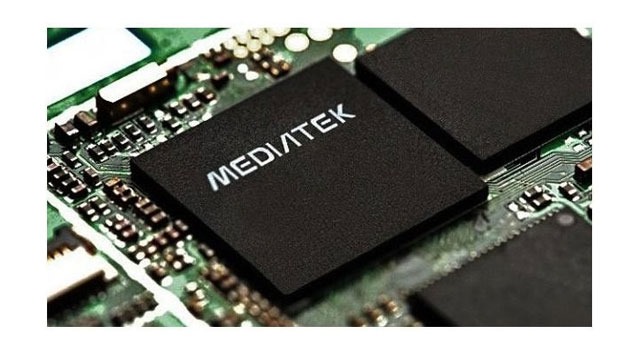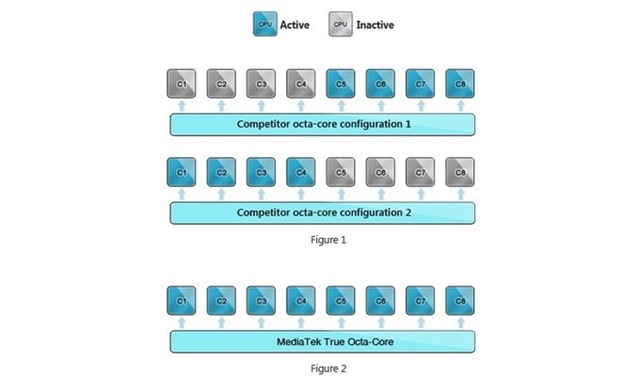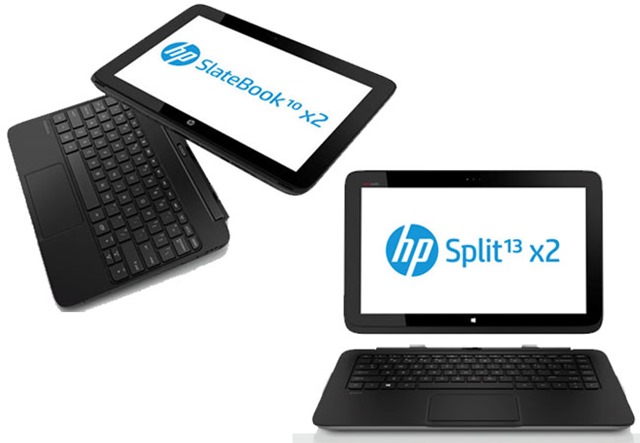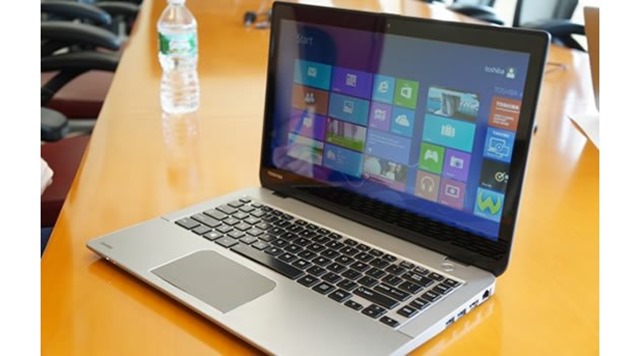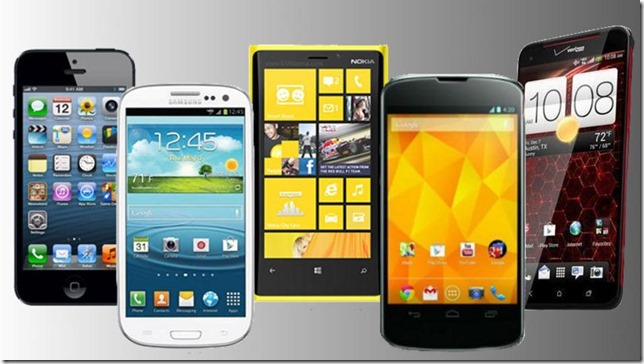Display
Performance
Apps
Value for money
Battery Life
Google has chosen a very interesting time for releasing the latest version of their tab, the Nexus 7. It has been released after 9 months of release of Apple’s iPad Mini, proving that the mom and dad of Nexus were not sleeping while Apple was starting its latest foray into the tab market, they were working hard to conceive their child. And … the child has not disappointed, although a bit late to the party, Nexus 7 has retained the solid specs of its elder brother while keeping good the promise of being affordable.
Features
- Android OS, v4.3 (Jelly Bean)
- Quad-core 1.5 GHz Krait Processor
- Adreno 320 GPU
- 16/32 GB Internal Memory
- 2 GB RAM
- LED-backlit IPS LCD capacitive touchscreen
- 1200 x 1920 pixels, 7.0 inches (~323 ppi pixel density)
- 16M colors
- Wi-Fi 802.11 a/b/g/n, dual-band
- 5 MP, 2592х1944 pixels, autofocus primary camera, 1 MP secondary camera
- Bluetooth 4.0
- microUSB 2.0
- 3.55 mm audio jack
- HDMI port
Pros
- Great specs
- Awesome display
- Affordable price
Cons
- App ecosystem for tabs not mature in Android
- Awkward bezels
The original Nexus (or Nexus 7-1, for brevity) was more of an experimental device by Google. The Nexus 7-1 had plastic edges and a subdued back which added to it , a feeling of a cheap and disposable toy. I once got a disposable Kodak camera when in the nineties, it was my first camera so I was elated and took great care, but it felt like a toy instead of a real gadget. I got similar feeling when holding the Nexus 7-1 for the first time.
Nexus 7-2 has diminished, if not entirely eliminated the said effect. The new tab has a better finish and is easier to hold in one hand due to removal of bezels from the sides. This makes the device more usable and practical as compared to its competitors. I can hold Nexus 7-2 in one hand, with the tab resting on my palm and thumb tapping the screen, but I cannot do the same with iPad Mini.
According to the specification comparison chart given below Nexus 7-2 is the tablet of the choice if you are looking for a device which is portable and practical.
Google Nexus 7-2 by Asus features two cameras. A 5 megapixel shooter at the rear and 1 MP camera for video chat at the front which is really awkwardly placed. The rear shooter takes reasonable photos, and people don’t usually use their tabs for taking snaps, so it’s performance is not a critical factor when deciding which tab to buy. MicroUSB port is placed strategically at the bottom which is used for both syncing and charging. I have forgotten the last time when I plugged my tab or phone in to a wall socket and I really don’t like the position of the USB port on my HTC One X (left), hence I totally agree and want all the manufacturers out there to bring some sanity to the positioning of Micro USB port in devices. The power and volume control are situated on the right side. You can see the Nexus logo and Asus tag if you hold the tab in landscape orientation. The improved speakers sit on the back which aim to output stereo sound (and succeed in it).
Google Nexus 7-2 is the first tablet to feature Android 4.3 Jelly Bean. In Android 4.3, Google has increased the OS version number, but, as the lack of change in name suggest, there are no major updates in 4.3 Jelly Bean. There are minor changes which improve graphics that you will never notice. Restricted profiles is a new feature which allows to create several profiles and hence I can give my tab to my nephews and nieces sans the tension of them purchasing games from app store from my credit card. Google has introduced Google Play Games in Android 4.3 which keeps track of (supported) games played and you can compare your scores with your friends and other users who have syncd their games to the Play Games.
Unlike Europeans or Americans who use apps like Netflix, Kindle and Hulu, we don’t use these apps in Pakistan. I like to read books on an e-book reader like Aldiko, read news and articles on feedly, play games, use social networks, check my email via the native Gmail app and watch movies on MX Player. The tab performed all of these tasks perfectly and gave more than 7 hours battery time while playing videos throughout. A nice display is critical for most of the tasks I perform and Nexus 7-2 does not disappoint as far as it’s display is concerned. The Nexus 7-2 features a 7-inch screen which boasts resolution of 1920 x 1200 pixels which amount to 323 ppi which is quite impressive. Google claim it to be the tab with the sharpest-ever display in the 7-inch category. The colours are bright and the display is crisp and it is sharp enough to handle most of the everyday lighting conditions with awesome viewing angles and great readibility.
Manufactured by Asus, the new Nexus 7 is powered by a monstrous 1.5 GHz Krait Qualcomm Snapdragon S4Pro Processor which is assisted by 2 GB of RAM and Adreno 320 GPU so you won’t suffer any jitters and lag while perforimg everyday taska and opening apps requiring lots of processing power. As mentioned earlier, it is quite impressive that the battery lasts for more than 7 hours of video playback with full screen brightness despite featuring the best display in the market and a quad-core processor. The also packs GPS, Bluetooth 4.0 and NFC in its potent arsenal. The GPS locked the location in no time and Bluetooth worked flawlessly with my wireless speakers (click here to read the related review).
Nexus 7 comes in three models, which are as follows:
- Google Nexus 7-2 – 16 GB, WIFI – $229
- Google Nexus 7-2 – 32 GB, WIFI – $249
- Google Nexus 7-2 – 16 GB, WIFI, LTE, HSPA+ – $349 (coming soon)
Unfortunately Google Nexus 7 is not available officially in Pakistan but can be bought from various shopping websites offering cash-on-delivery for around PKR 32,000 to 34,000 and you can buy top-notch Nexus 7 accessories online too.
Conclusion
If you are looking for a device for reading books, playing games, browsing the net and using social networks then Google Nexus 7-2 is the tablet offering a great balance between features and price and you should not think about any other option. However, if you want to do some serious stuff on-the-go like writing reports and blogs, working on spreadsheets and editing media files, then you would be better off with a laptop.











